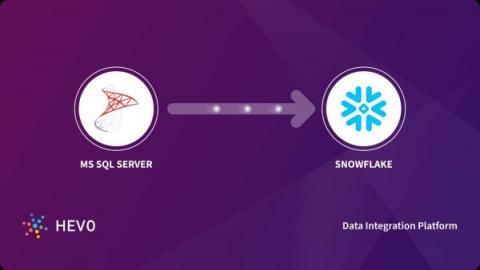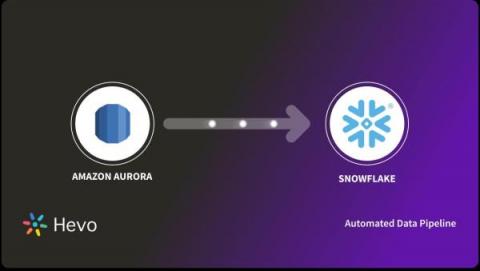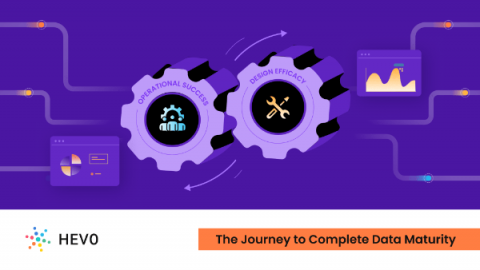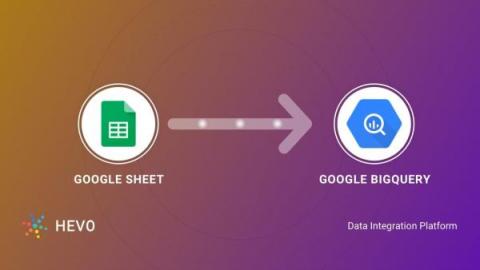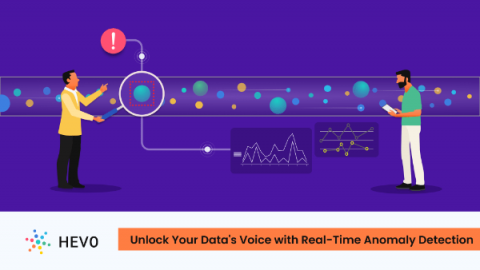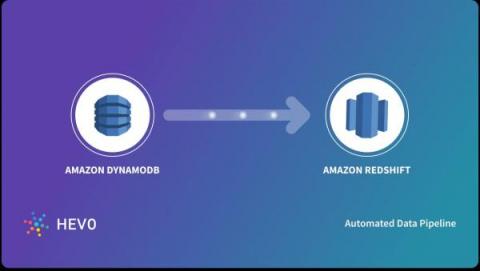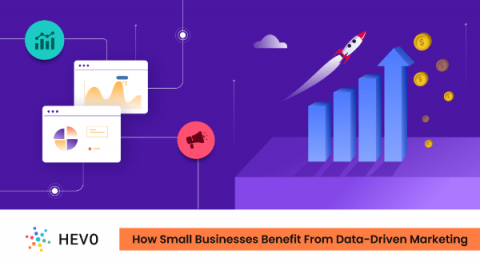SQL Server to Snowflake: 2 Easy Methods
Microsoft SQL Server is kind of a swiss army knife for most SME needs and workloads. However there are a handful of things that SQL Server will be better at, and there’s a handful of things Snowflake will be better at. Table of Contents Snowflake is great if you have big data needs. It offers scalable computing and limitless size in a traditional SQL and Data Warehouse setting. If you have a relatively small dataset or low concurrency/load then you won’t see the benefits of Snowflake.


